Sample information |
|
| Picture |
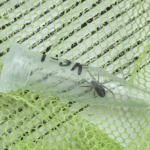
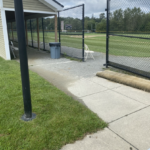
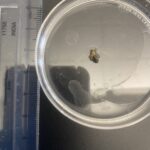
|
|---|---|
| Location | |
| Collection date | 09/12/2023 |
| Captive / Cultivated? | Wild-caught |
| Group | Woburn Memorial High School |
| Observations | This small, eight-legged arthropod has a large abdomen and a large cephalothorax. It is about a centimeter in length. |
| Putative identification | Arthropoda Arachnida Araneae Theridiidae Parasteatoda Parasteatoda tepidariorum |
Methods |
|
| Extraction kit | Edwards Buffer |
| DNA extraction location | Abdomen |
| Single or Duplex PCR | Duplex Reaction |
| Gel electrophoresis system | MiniPCR |
| Buffer | TAE |
| DNA stain | GelGreen |
| Gel images |
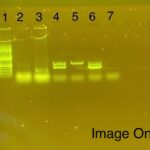
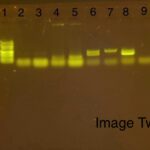
|
| Protocol notes | |
Results |
|
| Wolbachia presence | No |
| Confidence level | High |
| Explanation of confidence level | The results of all four of the controls were as expected: there was no contamination in the control with only water, the CO1 gene was visible in the other three controls, and the 16S rRNA gene was visible in the positive Wolbachia controls (refer to wells four to seven in image one and wells six to nine in image two). These results ensured there was no DNA contamination, and DNA extraction and PCR worked. Specimen 1-SK had the CO1 gene but not the 16S rRNA Wolbachia gene (refer to well two in image one and wells two and three in image two). Since the controls worked correctly, it can be concluded that 1-SK was not infected with Wolbachia. |
| Wolbachia 16S sequence |
N/A
BLAST at The Wolbachia Project BLAST at NCBI
|
| Arthropod COI sequence |
N/A
BLAST at The Wolbachia Project BLAST at NCBI
|
| Summary | The Parasteatoda tepidariorum was found to be negative for Wolbachia. |
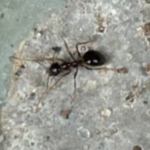 IM P7 #1
IM P7 #1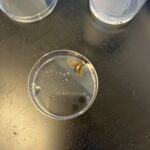 Wolbachia- Moth
Wolbachia- Moth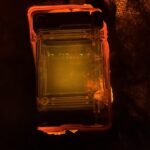 Wolbachia Project
Wolbachia Project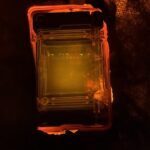 Wolbachia Project
Wolbachia Project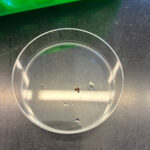 Wolbachia Lab: DNA Extraction
Wolbachia Lab: DNA Extraction